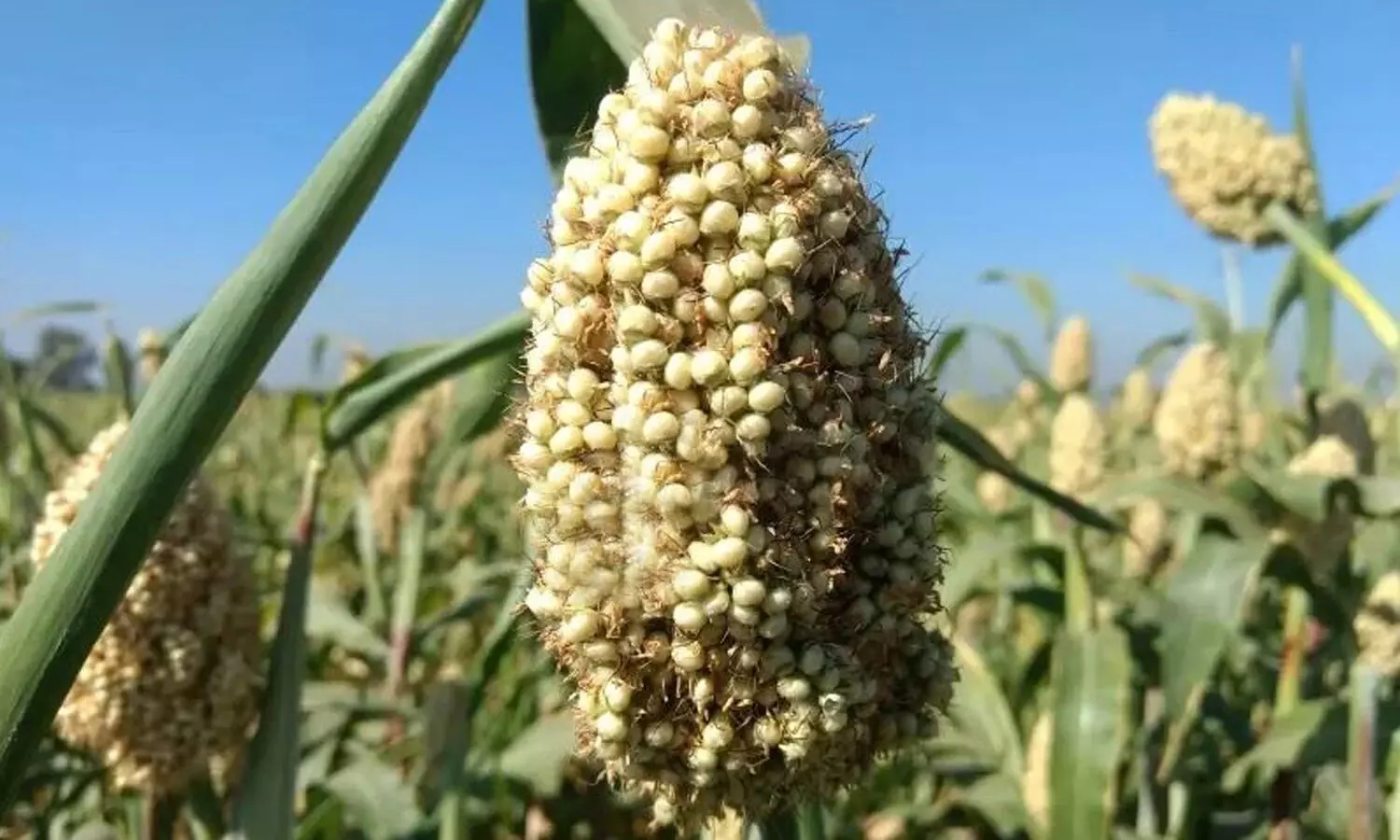New study says heat-resistant jowar is ideal alternative to wheat
Traditionally grown Sorghum or Jowar can be the ideal alternative to wheat because of its resilience to climate changes, a new study has revealed

HYDERABAD: Traditionally grown Sorghum or Jowar can be the ideal alternative to wheat because of its resilience to climate changes, a new study has revealed.
A recent research paper titled, “Climate resilience of dry season cereals in India”, published in Nature’s Scientific Reports, stated that wheat had a potent alternative to it in the form of Sorghum or jowar, which, it said, was not only far more resilient to projected climate changes but also required much less water.
The research paper examined the sensitivity of Wheat and Jowar yields to the spikes in temperature and compared water requirements under different scenarios. The study was carried out by researchers drawn from Columbia University, USA; Chinese Academy of Agricultural Sciences, China; Indian School of Business, India; University of Delaware, USA; Indian Institute of Technology, Mumbai, India; Yale University, USA; and Washington State University, USA.
India is the world’s second-largest producer of wheat, with a whopping 40 percent increase in its production since the early 2000s. However, increasing temperatures, owing to climate change, have raised concerns about its sensitivity to heat, leading to a greater requirement of water and thus a higher water footprint.
The research revealed that wheat was highly sensitive to increases in maximum daily temperature in its multiple stages of growth during the post-monsoon, dry winter season. In comparison, jowar is able to handle spikes in temperature with far less impact on its yields. Also, wheat requires 1.4 times more water than jowar, owing to the extension of its growth cycle into summer. With future climate projections, the study argues: “Without pragmatic changes in managing how wheat is cultivated in India, it is likely that the yields are going to decrease by five percent, coupled with a significant increase in water footprint by 2040. Jowar, in that case, is India’s best bet with its meagre four percent increase in water footprint with the same climatic projections,”
Professor Ashwini Chhatre, Co-author of the study and Executive Director, Bharti Institute of Public Policy, Indian School of Business, said, “We have reached a critical turning point in India's agricultural landscape. Our research highlights the urgent need for climate-smart agriculture interventions, particularly in the rabi season. The traditionally grown Sorghum or jowar emerges as a game-changer, offering resilience to projected climate changes and requiring significantly less water than wheat. Our study, published in Nature's Scientific Reports, reveals that Wheat is highly sensitive to rising temperatures while jowar maintains robust yields. Furthermore, wheat's water footprint is 1.4 times higher than Jowar's, exacerbating concerns about water scarcity”.
India is the second largest producer of wheat globally after China and exports its surplus yield to neighbouring countries of Bangladesh, Nepal, Afghanistan, Somalia and Sri Lanka. The trend of increasing wheat production in India began with the Green Revolution in the 1960s and continues till date.
The total wheat production in the country has gone up since the turn of the century (average 1998–2002 relative to average 2012–2017), due to increase in yield (26 percent) and increase in area (17 percent). The production of jowar, on the other hand, declined by 5 percent during the same time. This decline was registered despite a 37 percent increase in yields and is attributed to a 21-percent loss in the area under production.



